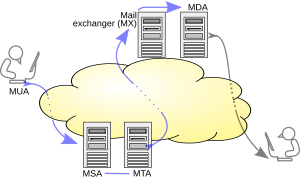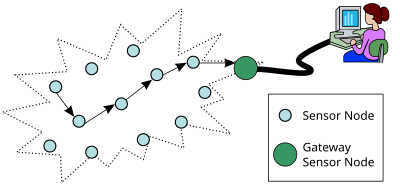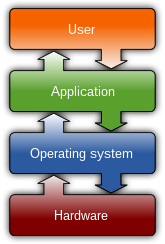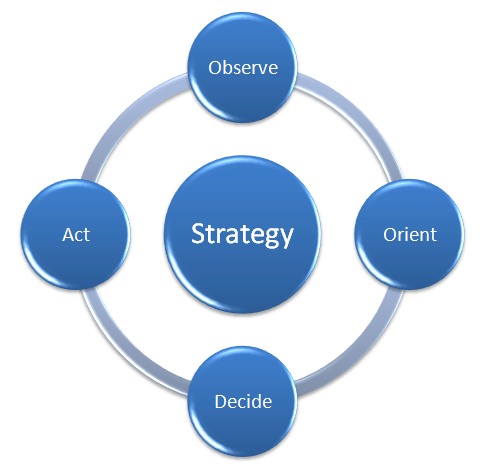Project Abstract - E-Learning
E-learning comprises all forms of electronically supported learning and teaching. The information and communication systems, whether networked learning or not, serve as specific media to implement the learning process.[1] The term will still most likely be utilized to reference out-of-classroom and in-classroom educational experiences via technology, even as advances continue in regard to devices and curriculum.

E-learning is essentially the computer and network-enabled transfer of skills and knowledge. E-learning applications and processes include Web-based learning, computer-based learning, virtual education opportunities and digital collaboration. Content is delivered via the Internet, intranet/extranet, audio or video tape, satellite TV, and CD-ROM. It can be self-paced or instructor-led and includes media in the form of text, image, animation, streaming video and audio.
Abbreviations like CBT (Computer-Based Training), IBT (Internet-Based Training) or WBT (Web-Based Training) have been used as synonyms to e-learning. Today one can still find these terms being used, along with variations of e-learning such as elearning, Elearning, and eLearning. The terms will be utilized throughout this article to indicate their validity under the broader terminology of E-learning.
Power point presentation on E-Learning


















.jpg)









